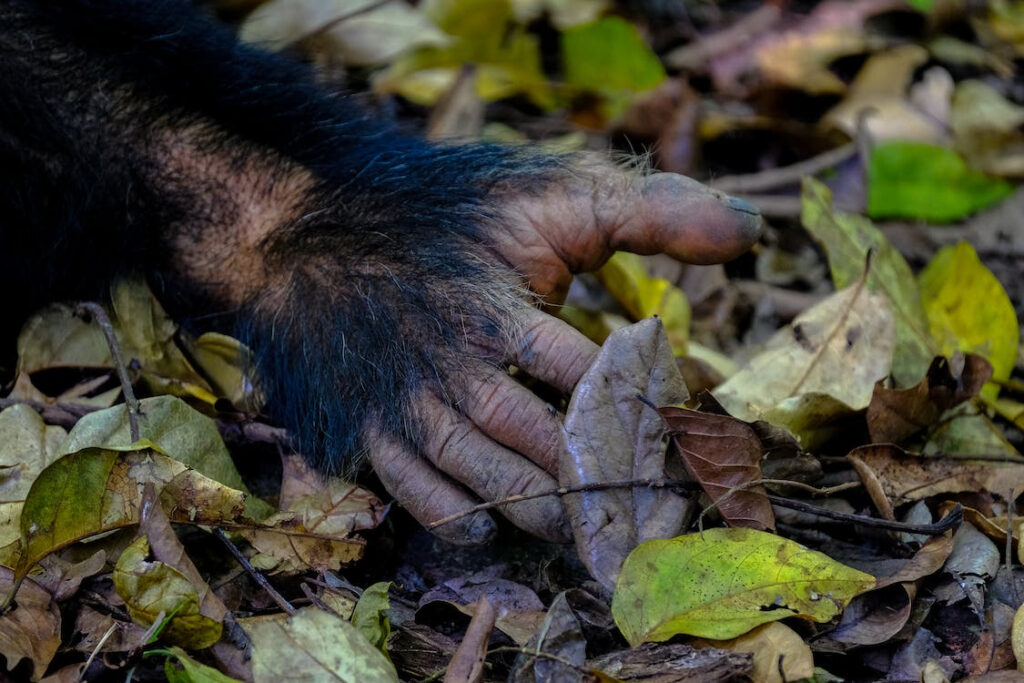New Discoveries Shift the Early Landscape of Human Evolution
Researchers at the University of Minnesota have never been one to rest on their laurels regarding the history of human evolution. They’re always looking for ways to better understand how humans work by first looking into how we’ve evolved over the years. But, of course, so much information has been unearthed that most of us already have a decent idea of the concept of evolution—and how long it’s taken to grow humanity to this point.
However, the researchers mentioned above have found that it’s not as simple as they thought. Of course, I say they because it’s already much too complicated for the layman to understand fully.
Understanding the current concept of evolution
The first step is to understand the current concept of evolution to determine the significance of these findings. To put things as simple as possible, Africa started out as a forested land before it eventually became drier and gave way to the grasslands. The reason why such a thing is so important is that it effectively gave our ancestors a reason to abandon the trees. That decision eventually gave rise to our ancestors learning to become bipedal—and the rest is history (kind of). There have always been context clues in the form of fossils that point at something more, but the evolutionary story, in most cases, remains the same.
Now, what people thought they knew about early apes has changed, as the researchers have found that early apes have lived in various types of habitats (including the grasslands) a whopping 10 million years earlier than people initially thought.

Understanding the key pieces of the puzzle
Such a grand find would not have been possible if not for the hard work of dozens of researchers in nine fossil sites. The thing about working in a fossil complex is it’s nearly impossible to see the big picture, as work needs to be done to unearth the tiniest hint at something more. As such, it took 30 researchers around nine fossil sites to eventually come to the conclusion that early apes lived in several habitats 10 million years earlier than initially expected.
Without a doubt, fossil work is not easy, and each answer unearthed only gives rise to dozens (if not hundreds) of questions. It was only thanks to the hard work of many researchers that such a commonly known “fact” of human evolution was eventually debunked.
Matching the fossils with the environment
Of course, even with such a great find, their work is not over. Unearthing the fact that early apes were in habitats 10 million years earlier than expected means even more work needs to go into bringing the pieces together. The fossils must be matched with the environment, and the ravages of time make it nearly impossible to complete the puzzle.
Of course, nearly impossible is not impossible, and the researchers know this. As such, they continue to work to put the pieces together, allowing humanity to come to a better understanding of where we came from and how we evolved.

